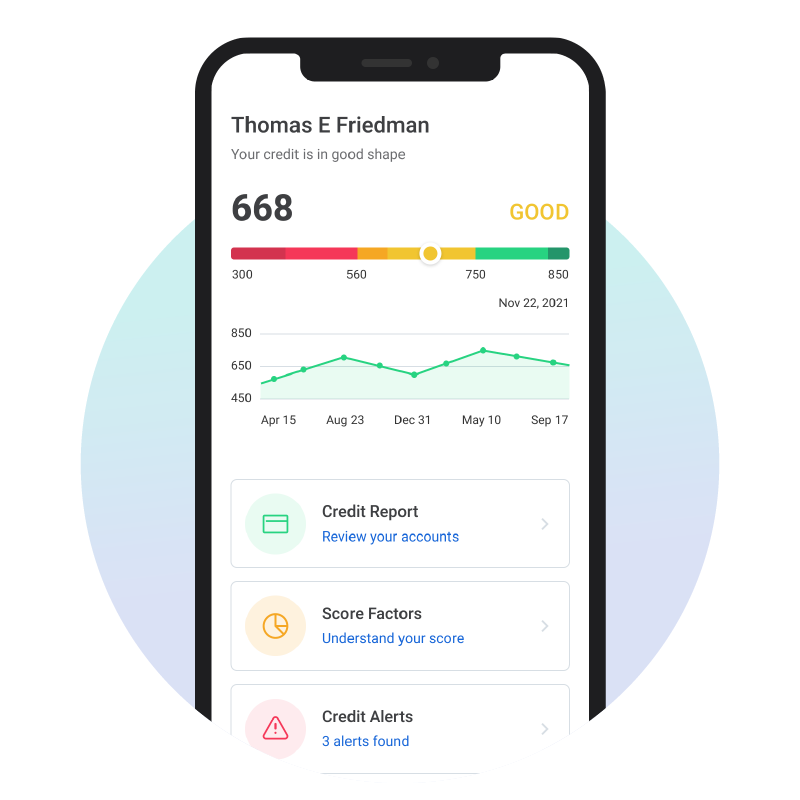Financial services touch nearly every aspect of our daily lives. From credit cards and personal loans to mortgages, auto financing, and everyday banking tools like checking and savings accounts, these products are foundational to how Americans manage their money and plan for the future.
A large swath of financial services companies have become household names and maintain a large physical presence across the country. Recognizable slogans like 'What’s in your wallet?' or 'There are some things money can’t buy. For everything else, there’s [fill in the blank],' are the products of massive multi-channel marketing campaigns to drive awareness.
In reality, a substantial part of what we pay for financial services ultimately covers the cost of acquiring us as customers. Since marketing makes up a large share of these expenses, we're essentially footing the bill for financial institutions to win our business.
Financial Services Marketing and Media Spend by Type (2018–2023)
Financial services marketing in the U.S. continues to increase year over year, surpassing a whopping $80 billion in 2023.1 If financial services organizations exist to serve the financial interests of their consumers, does it make sense to keep passing these marketing costs onto their customers?

Financial services marketing in the U.S. continues to increase year over year, surpassing a whopping $80 billion in 2023. If financial services organizations exist to serve the financial interests of their consumers, does it make sense to keep passing these marketing costs onto their customers?
Or perhaps this is just the reality we have to accept, where we continue shouldering these costs (in the form of fees and charges) indirectly with no end in sight.
For financial services organizations, striking the right balance between driving growth while delivering consumer value is crucial.
When growth gets expensive
Marketing costs in financial services aren’t just high—they’re accelerating. As companies get better at delivering customer value, they’re also willing to spend more to win new business. This drives up customer acquisition costs (CAC) across the board.
It’s a ripple effect: as customer lifetime value (CLTV) increases, the threshold for acceptable CAC rises, too. The result? A cycle where spending more to acquire customers becomes not just common, but expected.
Marketing has typically been around 7%-10% of a company's budget. Today, fintech bank holding companies are spending closer to 17% of their budgets on marketing. That kind of jump begs the question: how can firms continue to grow without passing the burden of these soaring costs onto their customers?

Rethink how you grow—without passing costs onto your customers.
The vicious cycle of spending
For financial services, the average cost of acquiring a customer is $784.
Rising marketing expenses are creating more tension between businesses and consumers, as companies need to recoup those costs. This means higher interest rates, late fees, fees for closing accounts, and overdraft fees.
Even not-for-profit financial institutions often struggle to resist investing in high-profile marketing like stadium naming rights, sports sponsorships, and large-scale advertising campaigns.
According to the ABA, “on a proportional basis, credit unions with over $1 billion in assets, which are not-for-profit entities that do not pay taxes, spend significantly more on marketing than similarly sized banks.”
Marketing Expense as Percentage of Net Income

When customers see these higher expenses, some leave, and the spending cycle begins.
So now, fewer active customers mean a bigger financial burden on the existing user base. The remaining customers then take on the cost, creating a cycle of customers leaving, fees increasing, and so on.
When companies see the spending cycle start or a downturn in the market, what do they do? They often look to marketing to start making their budget cuts. Yet, companies can actually see growth when they continue to invest in marketing. American Express focused on its marketing in 2023, outspending the industry. These efforts gave them a 23.7% non-brokered deposit growth rate, letting them offer more loans to customers.
Re-evaluating business models
Breaking the marketing spending cycle seems challenging at first because the current setup has everyone working against each other.
Fintech challenges
Fintech companies bring cutting-edge technology and bold innovation—but turning those advantages into impact isn’t easy. They face the dual challenge of traversing complex financial regulations while trying to stand out in an already crowded market. On top of that, they’re building trust from the ground up, without the benefit of decades-long reputations and trust.
Traditional bank challenges
Banks have decades of experience, established customers and a deep understanding of regulations. However, large infrastructures often mean outdated systems, conflicting customer wants and slow response times. Traditional banks lack the flexibility and modern innovation of newer fintech organizations. Recent security breaches from background check companies have consumers concerned about their data. Banks need to stay ahead of technology to protect consumer identity and improve their experience.
How do you cut down on marketing expenses while retaining and recruiting customers?
Rethinking the system: collaboration over competition
Currently, the financial services sector has fintech and traditional banks at odds. While competition drives innovation, it often overlooks the one stakeholder that matters most: the consumer.
Smaller institutions, like credit unions, might offer better rates than big banks. But, they lack the marketing dollars to compete with bigger groups or fintech services. So, consumers are frequently left with fewer options, higher fees, and missed opportunities for real financial value—while institutions burn through marketing budgets just to keep up.
So, how do we break this cycle? How can financial institutions reduce acquisition costs while still growing and delivering meaningful value?
Collaboration, not isolation
Fintechs and traditional institutions don’t need to go it alone. By working together—through partnerships, open banking platforms, and shared infrastructure—they can reduce friction, unlock new services, and scale innovation more sustainably.
“If competitors work together, the whole market benefits. For example, an open banking platform provides free access to account data, enabling third parties to build valuable new services for customers at lower cost[s]. This collaboration reduces friction, helping innovative new models emerge,” says Joseph Yarber, a marketing operations and business development professional.
Fintech innovations should improve the customer experience without driving up costs. When companies work together, they can create solutions that streamline their services while boosting retention.
Putting the customer first
Too often, marketing spend balloons while customer experience suffers—confusing pricing, hidden fees, generating transactional relationships that push consumers away. Instead, companies that focus on building trust, offering transparent services, and creating real value win in the long term.
Companies can collaborate to provide consumers with low-cost, high-value services. Elliott Kosmicki, the CEO of a digital marketing agency, says, “Focusing innovation on the consumer experience builds trust and gains market share. One client offered free financial counseling and grew revenue 19% from word-of-mouth."
When you work with fintech companies, the entire ecosystem experiences the advantages. Customers can enjoy personalized marketing without excess fees. Meanwhile, companies can reduce marketing costs without sacrificing growth and effectiveness.
The way forward
To reshape the economics of customer acquisition, financial services must stop treating marketing as a cost of competition—and start seeing it as a channel for connection. Collaboration, transparency, and a relentless focus on customer value aren’t just nice to have; they’re essential to breaking the spending spiral.
It’s time to move beyond the arms race—and start building a better system together.
Reduce marketing costs and improve retention with embedded fintech.
Book a 15-min demo today.
Related articles
1 Statista, 2024
Disclaimer: Array takes pride in ensuring the information we share is accurate and up-to-date; however, we understand that the information you read may differ from the product(s) and/or service(s) mentioned. We present the product(s) and/or service(s) you read about without warranty. We recommend you review the product and/or services’ terms and conditions before you make a decision. If you encounter inaccurate or outdated information, let us know by writing to: info@array.com.
Editorial Note: This content is the author’s opinion, expression, and/or recommendation(s).
Tags:
Thought Leadership
Martin Toha is the CEO and co-founder of Array. Launched with a mission to fuel financial progress, Array helps digital brands, financial institutions, and fintechs get compelling consumer products to market faster.
A true serial entrepreneur, Martin is driven by solving the most pressing challenges faced by companies and their customers through designing solutions that meet them where they are. Today, Array is helping millions of consumers better manage their financial lives through fintech products that seamlessly align with their needs.


